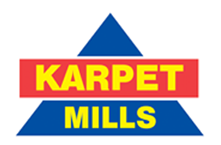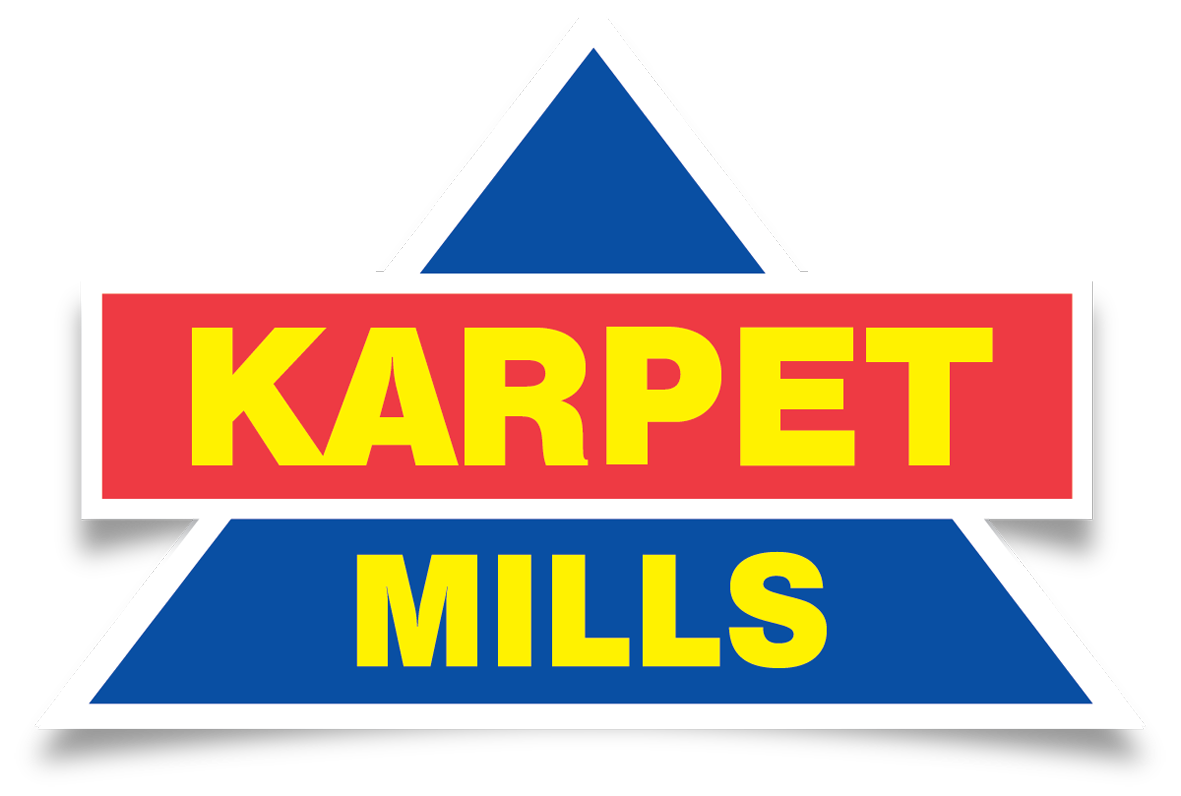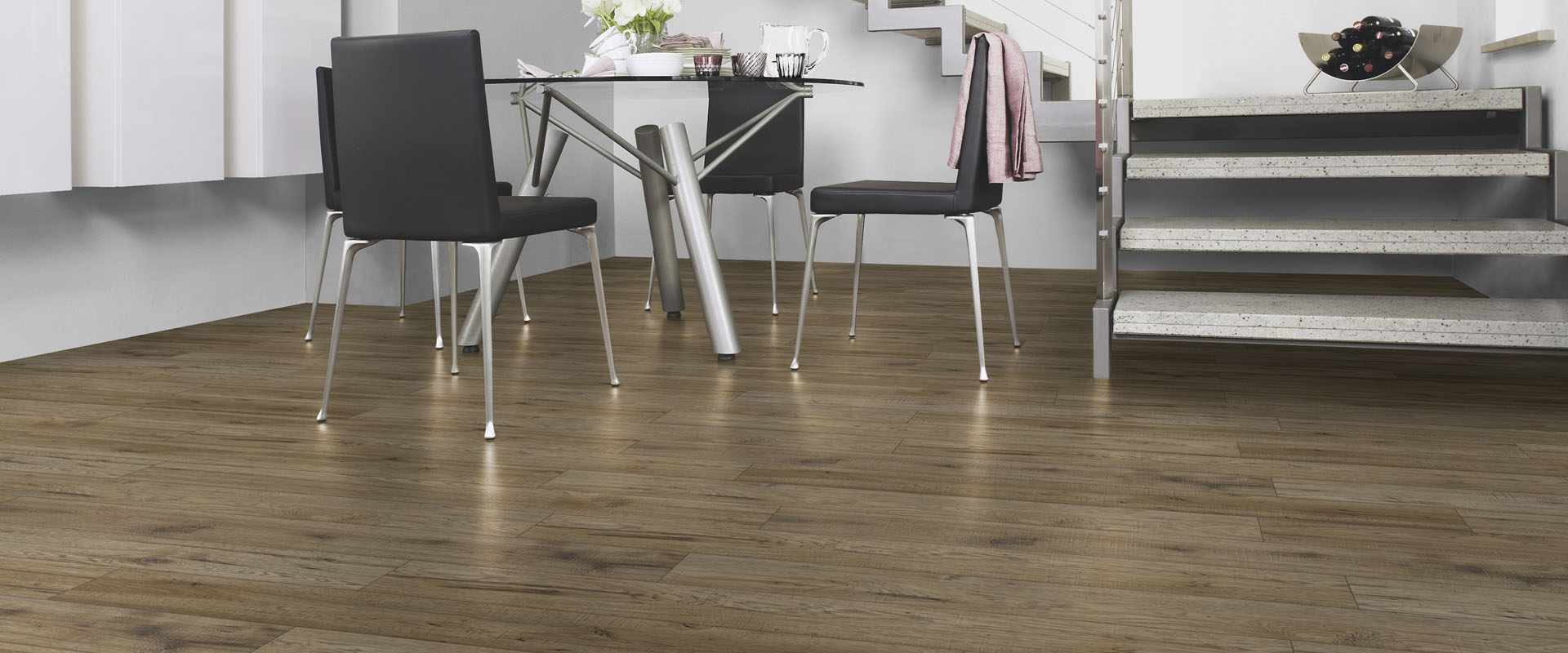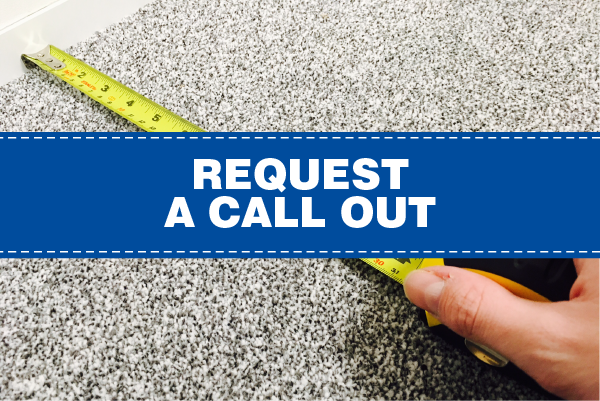Understanding Wood
Guide to Engineered Board
Engineered flooring comprises several layers of wood stuck together under extremely high pressures. This method of construction helps in creating wooden flooring, which boasts higher strength and durability compared to a wooden floor of solid material.
Construction of Engineered Flooring
Most solid floorings have a tendency to shrink as well as expand. This happens because of room humidity changes, changing room temperature as well as moisture in the sub-floor, because of the unique construction method engineered flooring isn't prone to these problems.
This flooring comprises three different layers - bottom layer, middle core and top layer. The mid core is made from plywood, softwood or even HDF layers and the top layer is hardwood. Its thickness ranges between 0.7 mm to around 6 mm.
Advantages
Engineered flooring has several advantages, the biggest being easy installation. Using the floating floor method easy click installation is possible with these products, which is probably the fastest and easiest option.
Alternatively tongue and grooves can be stuck together which is an advantage when you are installing your floor on a concrete subfloor. Even floors of thicknesses having 22 mm can provide proper structure and these are nailed into the battens or joists.
The top layer has finish of matt lacquer, satin lacquer, oiled, brushed and lacquered, brushed and oiled or age distressed. Your choice with these will come down to personal preference. Six coats of this finish can be easily provided.
The layer of hardwood varies in thickness from 0.7 mm to around 6 mm and the middle core area is designed to help the flooring retain its shape and stability.
A variety of materials such as hardwood, softwood or HDF can be used for the mid core section. There is an additional layer of stabilizing agents provided, of 1 mm thickness. This provides stability and prevents flooring movement because of changes in temperature or humidity.
Engineered Flooring Looks As Good As Solid Wood - Because the top layer of this type of flooring is similar to solid wood floors there are no compromises in terms of style because the finish is the same.
Engineered flooring is designed to resemble hardwood so you will also find the same great selection of species, shades and colours as you would with solid wood.
How Thick is the Veneer of Hardwood?
The hardwood veneer is the topmost layer of engineered flooring. It ranges in thickness between 0.6 mm to around 6 mm.
This particular part of the floor offers high durability, just like any solid wooden flooring, and the other layers mean that it is even stronger. The wear layer has thicknesses around 4-8 mm located above the groove and tongue.
Is Refinishing Possible?
Most hardwood layers are not refinished, however, this does not mean that it can't be done. The possibility of refinishing depends on the hardwood thickness.
Using high quality techniques all damaged regions are eliminated professionally. As much as 0.5 mm thickness can be removed with sanding. However, the upper wear layer should never reduce more than 0.5 mm as you risk damaging your floor.
Can It Be Placed Above Underfloor Heating?
Underfloor heating can restrict the type of flooring that you choose because many products should not be installed with it. However with engineered flooring it is possible to have underfloor heating as long as certain guidelines are followed.
Proper heat distribution layers are required so that the temperature is even across the floor and the surface temperature should not rise above 27 degrees celsius.
The entire floor needs to be heated and your floor construction should include a vapour barrier close to the wood. There must not be any gaps between the underlying surface and the wood but if you are unsure about anything concerning engineered flooring and underfloor heating then please check our advice centre at the top of the page.
Do I Need Flooring Underlay With An Engineered Wood Floor?
This all depends on the type of sub-floor that you are going to use. Some form of underlay must always be used on an engineered click system product, it supports the joints and prolongs the life of your flooring.
Underlay should also be used if you choose to float a tongue and grooved engineered floor by glueing the joints, if you are fully glueing down then no underlay should be used.
If you are pinning the floor with nails or screws then underlay can be if you want to, for instance if you want Sound Insulation in the room, or the levelling properties, which underlay can provide as well as the Damp Proof flooring membrane(required for a concrete sub-floor).
If you do chose to use underlay then be aware that you will need underlay designed for use with underfloor heating.
Guide to Solid Oak
The great joy of hardwood is that it is real wood flooring. This means that whether you choose between ash and oak your product will be full of the beautiful character which real wood floors are known for.
Hardwood surfaces are not only known for being an attractive and incredibly distinctive style of flooring. They also have the original, natural element, which even the best artificial flooring materials would find difficult to match.
It is organic and many products offer the option of distinctive markings from the heart of a tree, such as rings, knots and other features. It offers warmth that helps create an atmosphere of comfort in the home.
Solid wood floors are also known for their strength and durability and, if the correct maintenance steps are followed your hard wood flooring will last a long time.
Those looking for such products also have a wide choice to choose from, with over 80 different varieties available and a huge variance in colours from white to black.
Unfinished Solid Wood Flooring
In order to create a rustic, authentic element in the home, using unfinished solid wood flooring may be the very best way to do it.
While many people prefer the polished appearance of oiled and lacquer products, others prefer the natural beauty of an unfinished style.
Our unfinished solid wood flooring is made by Florence and there are a variety of shades to fit whatever your preference from light, pale shades to deep, rich dark browns.
All of these rustic solid wood floors come with bevelled edges which add a unique element to your floor with the pronounced join they feature.
Solid Wood Flooring Underlay
There are a number of underlay products that are ideally designed for use with solid wood flooring and many of the products have added properties which you may want to invest in.
Underlays can feature various extra qualities, which you may require, depending on the circumstances of the floor.
Uneven subfloors are one of the most common causes of problems with floors, but this does not need to be the case as there are underlay products which can rectify this.
Underlay can provide a barrier against moisture from below, which is important with solid wood flooring to stop it expanding from the moisture.
There are also varieties which can provide soundproofing, which is ideal in noisy buildings are if there are neighbouring residencies below.
Some products may need adhesives added, while others come with peel-back strips that can attach
Solid Wood Flooring Adhesive
Those fitting a solid wood floor may need to use a flooring adhesive, although some planks may be pre-glued together as part of the manufacturing process and underfloors may have adhesive strips.
Products suited to this purpose include the Mapei Ultrabond solution, which can work on both solid and engineered floors, while the Surface DPM Membrane provides additional waterproofing to protect against moisture.
For stick down installation, the Mapei P990 1K Adhesive Sausage, when used with the Mapei adhesive, allows precision installation by firing beads of glue in the right amounts into the right places to hold the subfloor beneath in place.





